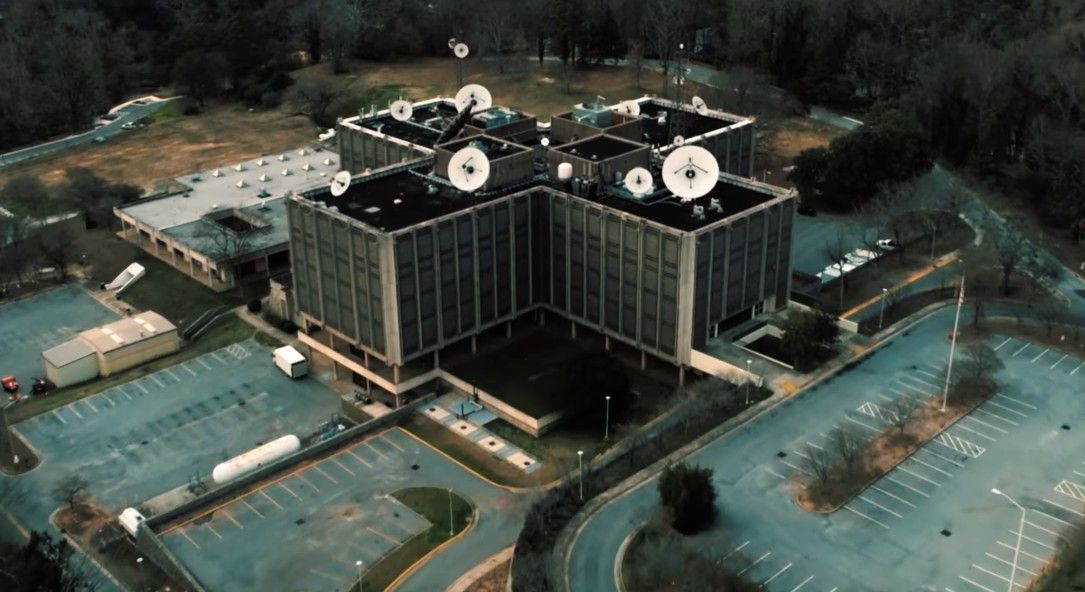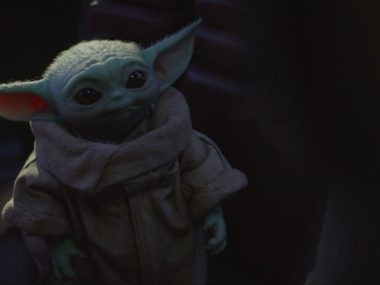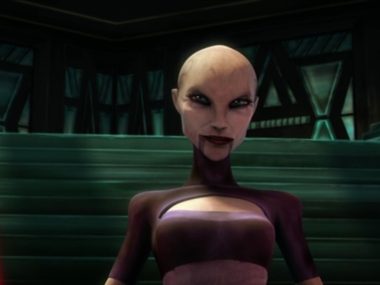Stranger Things is a show where monsters lurk in alternate dimensions, a girl with psychic abilities escapes a secret lab, and shadowy government figures will do anything to protect their secrets.
But the most unsettling part is that some of this isn’t entirely made up. The series draws direct inspiration from Cold War-era government experiments and conspiracy theories, specifically programs that blurred the line between science and horror. Here’s a look at the real-life origins behind Hawkins Lab, the Upside Down, and characters like Eleven.
MKUltra: The CIA’s Real Mind Control Program
Before there was Hawkins Lab, there was MKUltra: a top-secret CIA project that ran from the 1950s through the early 1970s. The goal was to develop mind control techniques for interrogation, espionage, and psychological warfare. The project involved experiments with LSD, sensory deprivation, electroshock therapy, and other methods often on unwitting subjects in hospitals, universities, and prisons.
In Stranger Things, Eleven’s backstory directly references MKUltra. Her mother, Terry Ives, was one of the program’s test subjects who was experimented on while pregnant, leading to Eleven’s psychic abilities. Eleven herself is later subjected to experiments similar to those conducted under MKUltra, namely sensory deprivation and psychological manipulation.
The Montauk Project
If MKUltra was the starting point, the Montauk Project is where the line between real life and science fiction starts to blur.
The Montauk Project is a conspiracy theory where allegedly the U.S. government conducted secret experiments involving psychological warfare, time travel, teleportation, and mind control and even contact with extraterrestrials at Camp Hero in Montauk, Long Island.
The theories gained traction thanks to books by Preston Nichols and Al Bielek, who claimed they had suppressed memories of participating in the experiments. Their stories often intersected with the Philadelphia Experiment, another legend involving the military looking into invisibility technology.
The original working title for Stranger Things was actually Montauk, and the Duffer Brothers have acknowledged that these legends were a key influence. Hawkins National Laboratory draws directly from the rumors surrounding Camp Hero with its research into psychic powers and accessing alternate dimensions.
Cold War Paranoia
The show’s 1980s setting reflects the fear, paranoia and anxiety that defined The Cold War era. The U.S. and Soviet Union were locked in a tense standoff marked by the nuclear arms race, espionage, and psychological warfare. The U.S. government believed the USSR were developing weapons involving mind control and psychic powers, which is exactly why projects like MKUltra were approved in the first place.
Stranger Things channels that fear into its main storyline. The experiments at Hawkins Lab are depicted as America’s attempt to gain an edge over the Soviet Union. In season 3, a secret Soviet base is discovered beneath the newly built Starcourt Mall, where Russian scientists are trying to reopen the gate that leads to the Upside Down.
The race to access the Upside Down is a stand-in for the real-world competition between the U.S. and USSR to develop new weapons and technologies. But it also represents the dangers of unchecked scientific ambition, and the government’s willingness to sacrifice individuals for national security.
Events like the Cold War and MKUltra give some historical context to the fictional world of Stranger Things, shaping its plotlines and characters. Even the show’s more fantastical elements are rooted in a real moment in time, where people genuinely believed the government might be hiding something monstrous.






